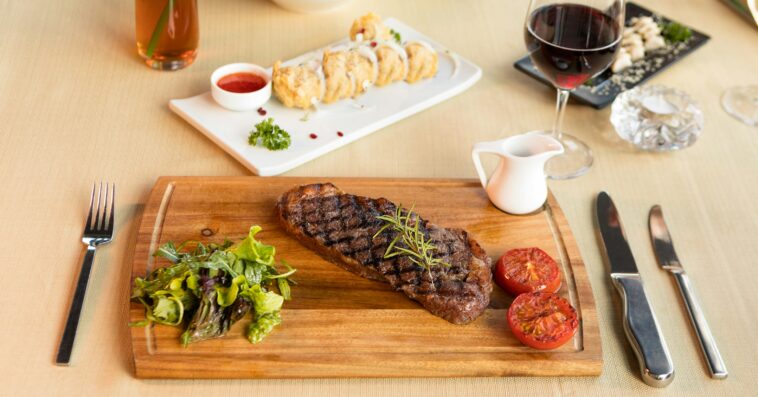Introduction:
Spanish cuisine is renowned worldwide for its rich flavors, vibrant colors, and diverse culinary traditions. Among its many iconic dishes, paella stands out as a true gem of Spanish gastronomy. Originating from the Valencia region on the eastern coast of Spain, paella has evolved over centuries, reflecting the cultural influences and culinary expertise of the Mediterranean.
History and Origins:
The history of paella is as colorful as the dish itself. Its origins can be traced back to the fields of Valencia, where farmers and laborers would prepare hearty rice dishes cooked over an open fire. The word “paella” itself is derived from the Old French word for “pan,” which refers to the wide, shallow pan traditionally used to cook the dish.
Early versions of paella were simple and rustic, consisting primarily of rice, local vegetables, and whatever meat or seafood was readily available. Over time, as Valencia became a melting pot of cultures due to its strategic location, new ingredients such as saffron, rabbit, and snails found their way into the paella pan, adding layers of flavor and complexity.
Ingredients and Variations:
One of the key ingredients that define paella is saffron, the world’s most expensive spice by weight. Saffron not only imparts a distinctive golden hue to the dish but also adds a subtle floral aroma and a unique depth of flavor. Alongside saffron-infused rice, traditional paella often includes chicken, rabbit, snails, and a variety of local beans and vegetables such as green beans and artichokes.
However, paella is a dish that embraces creativity and adaptation, leading to countless variations across different regions of Spain and even around the world. Seafood paella, for example, replaces land-based meats with an assortment of fresh seafood such as shrimp, mussels, and clams, reflecting the coastal heritage of regions like Catalonia and Andalusia.
Cooking Techniques and Traditions:
The art of cooking paella is as much about technique as it is about ingredients. Traditionalists insist on cooking paella over an open flame, often outdoors, using a wide, shallow pan known as a “paellera.” This method allows for the rice to develop a crispy bottom layer known as “socarrat,” which is prized for its intense flavor and textural contrast.
Another important aspect of paella culture is the act of communal dining. Paella is often prepared in large quantities, making it an ideal dish for gatherings and celebrations. Families and friends come together to share not only a meal but also stories, laughter, and cherished memories, reinforcing the sense of community that lies at the heart of Spanish culture.
Modern Interpretations and Global Influence:
In recent years, paella has enjoyed a resurgence in popularity both in Spain and abroad. Chefs around the world have embraced the dish, putting their own unique spin on the classic recipe. From vegetarian and vegan variations to fusion creations incorporating exotic ingredients and cooking techniques from other cuisines, the possibilities for reinventing paella are endless.
However, with this newfound popularity comes controversy, particularly regarding what constitutes an authentic paella. Purists argue that true paella should adhere to the traditional ingredients and cooking methods passed down through generations, while others embrace innovation and experimentation as essential elements of culinary evolution.
Conclusion:
Whether enjoyed on a sunny terrace overlooking the Mediterranean or in a bustling restaurant in the heart of a bustling city, paella embodies the spirit of Spanish cuisine – bold, flavorful, and deeply rooted in tradition. With its rich history, diverse ingredients, and timeless appeal, paella continues to captivate the hearts and palates of food lovers around the world, ensuring its place as a culinary icon for generations to come.

